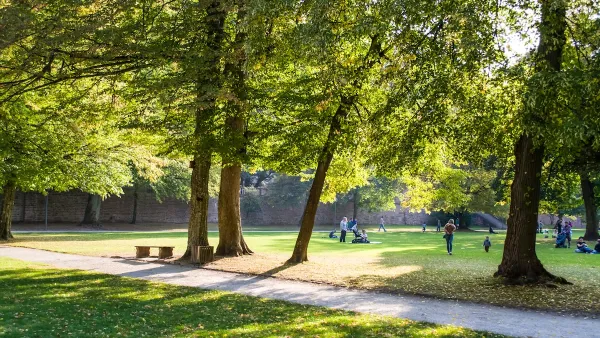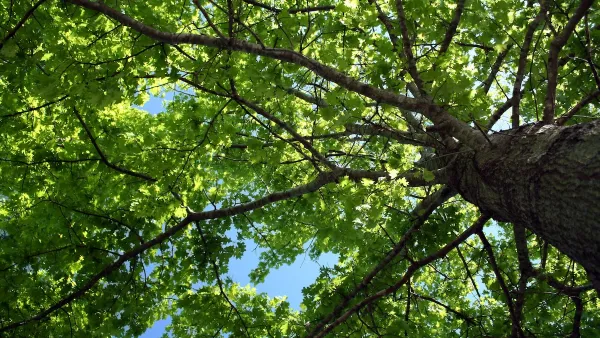Carbon dioxide is one of the most widespread greenhouse gases produced by humans. Trees can absorb it, but release it when they die. Scientists are looking to build artificial trees to do the job permanently.
"Trees can take CO2 back out again-but even covering the planet with forests wouldn't solve our problem, and there would be an awful lot of wood to preserve. (If allowed to rot or burn, trees release their carbon again.) Physicist Klaus Lackner thinks he has a better idea: Suck CO2 out of the air with 'artificial trees' that operate a thousand times faster than real ones.
They don't exist yet, and when they do, they probably won't look like real trees. But in Lackner's lab at Columbia University he and colleague Allen Wright are experimenting with bits of whitish-beige plastic that you might call artificial leaves. The plastic is a resin of the kind used to pull calcium out of water in a water softener. When Lackner and Wright impregnate that resin with sodium carbonate, it pulls carbon dioxide out of the air. The extra carbon converts the sodium carbonate to bicarbonate, or baking soda."
The artificial trees could absorbs the carbon dioxide, but only hold it until it is removed for proper disposal, another as-yet-unanswered question.
FULL STORY: Scrubbing the Skies

National Parks Layoffs Will Cause Communities to Lose Billions
Thousands of essential park workers were laid off this week, just before the busy spring break season.

Retro-silient?: America’s First “Eco-burb,” The Woodlands Turns 50
A master-planned community north of Houston offers lessons on green infrastructure and resilient design, but falls short of its founder’s lofty affordability and walkability goals.

Delivering for America Plan Will Downgrade Mail Service in at Least 49.5 Percent of Zip Codes
Republican and Democrat lawmakers criticize the plan for its disproportionate negative impact on rural communities.

Test News Post 1
This is a summary

Test News Headline 46
Test for the image on the front page.

Balancing Bombs and Butterflies: How the National Guard Protects a Rare Species
The National Guard at Fort Indiantown Gap uses GIS technology and land management strategies to balance military training with conservation efforts, ensuring the survival of the rare eastern regal fritillary butterfly.
Urban Design for Planners 1: Software Tools
This six-course series explores essential urban design concepts using open source software and equips planners with the tools they need to participate fully in the urban design process.
Planning for Universal Design
Learn the tools for implementing Universal Design in planning regulations.
EMC Planning Group, Inc.
Planetizen
Planetizen
Mpact (formerly Rail~Volution)
Great Falls Development Authority, Inc.
HUDs Office of Policy Development and Research
NYU Wagner Graduate School of Public Service





























